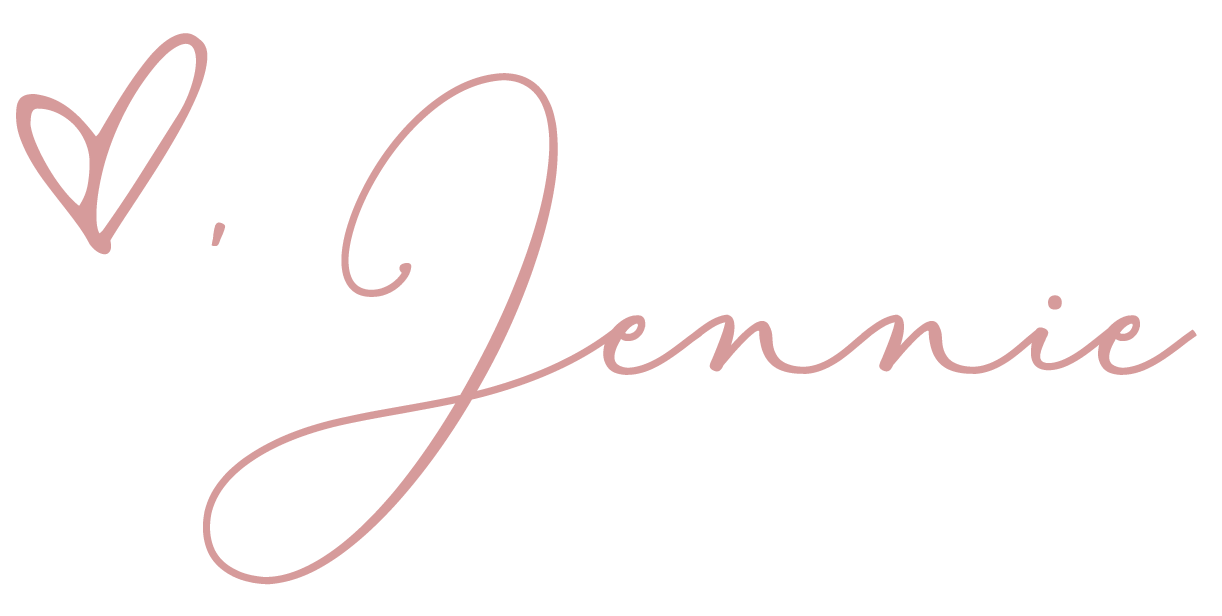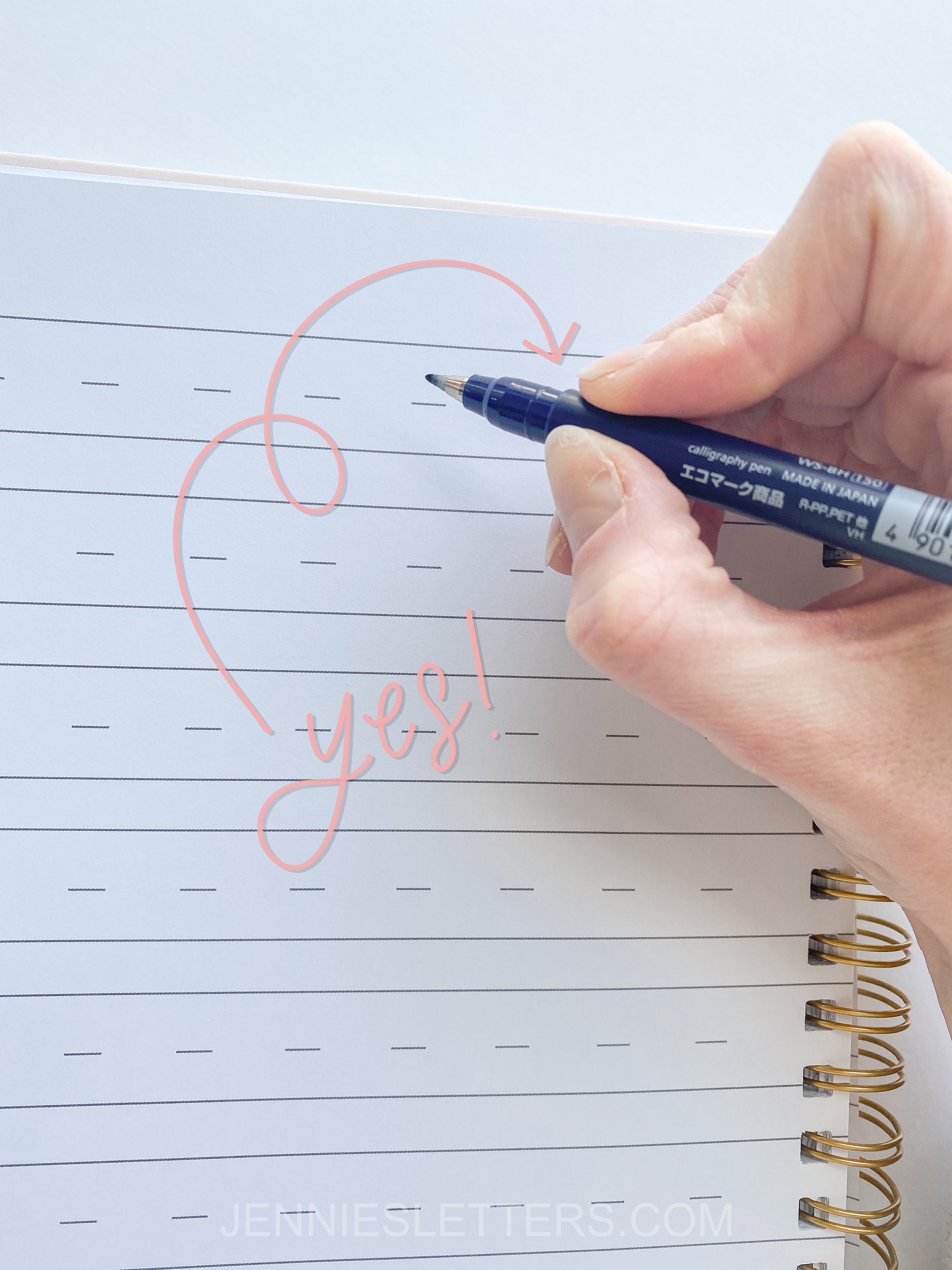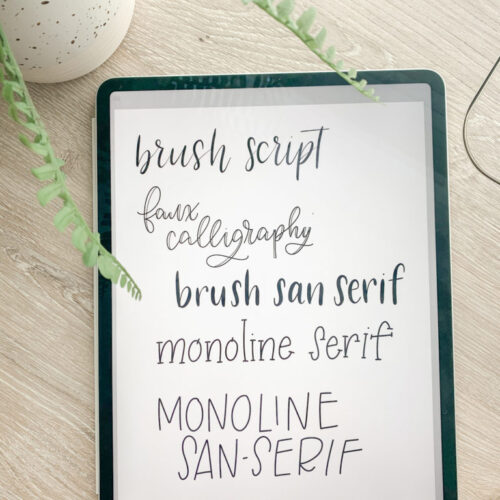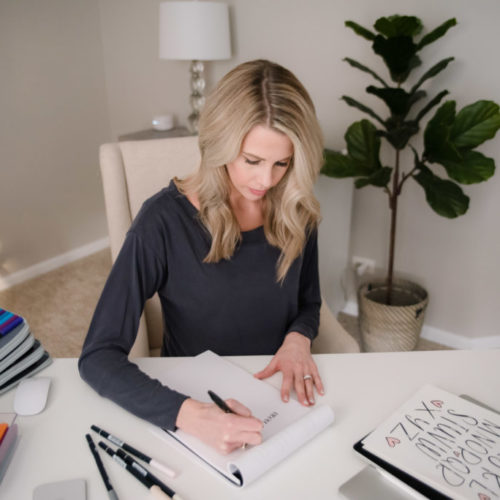Beginner Lettering- Basic Brush Strokes
The Brush Lettering Basics:
Brush lettering is one type of hand lettering. Today, I’m sharing the six basic strokes you need to know. These are absolutely FUNDAMENTAL and ESSENTIAL. All letterforms in brush lettering are made up of these strokes.
Start Here:
If you keep wondering what you can do to improve, look no further. Mastering the six basic strokes will grow your skills astronomically. Download this freebie and this freebie (which also includes upstroke and downstroke practice) to get started right away!

The Six Strokes:
Underturn: The underturn stroke looks like a U shape. To create one, you start with a thick downstroke and move into a thin upstroke. In my opinion, this is the most comfortable stroke to master because it begins with a downstroke, giving you the most control. You use this to form letters such as i, u, and w.
Overturn: The overturn stoke looks like an upside-down u. To create it, you start with a thin upstroke and move into a thick downstroke (opposite of an underturn). You use this stroke to form a letter such as m and n.
Compound Curve: The compound curve stroke is a combination of an underturn and an overturn stroke. To create it, you start with a thin upstroke moving into a thick downstroke and back to a thin upstroke, all in one single movement. You use this stroke to form letters such as m, n, and x.
O-Form: An o-form is another name for an oval stroke. You create this stroke by starting with a small thin upstroke, going around counterclockwise making an O shape into a thick downstroke and back thin again.
Ascending Stem Loop: An ascender goes above the meanline. To create this stroke, you start with a thin upstroke moving counterclockwise and loop around into a thick downstroke that ends at the baseline. This stroke is used to form letters b, f, and h.
Descending Stem Loop: It gets its name because any descender goes below the baseline. To create this stroke, you start with a thick downstroke and loop around counterclockwise to a thin upstroke. You use this stroke to form letters g, y, and j.
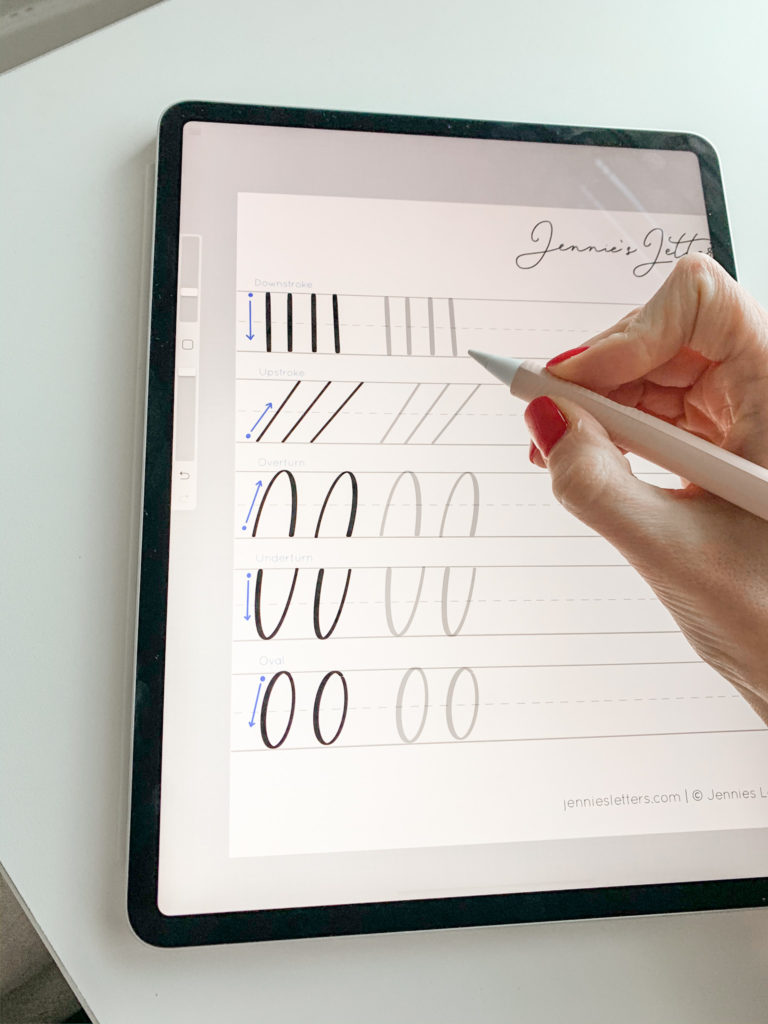
My Pro Tip:
Mastering brush lettering takes lots of time, effort, and practice. Instead of searching around for quotes to letter, I suggest warming up every time with the six basic strokes. Practice these when you can’t think of anything else. I promise you will see incredible improvement and you’re lettering will stick out from the crowd. There is no replacement for fundamentals!
Note: I included downstroke and upstroke practice on the first two lines as a warm-up.
Download the freebies HERE and HERE
Want more?
Benefits of Hand Lettering as a Hobby
